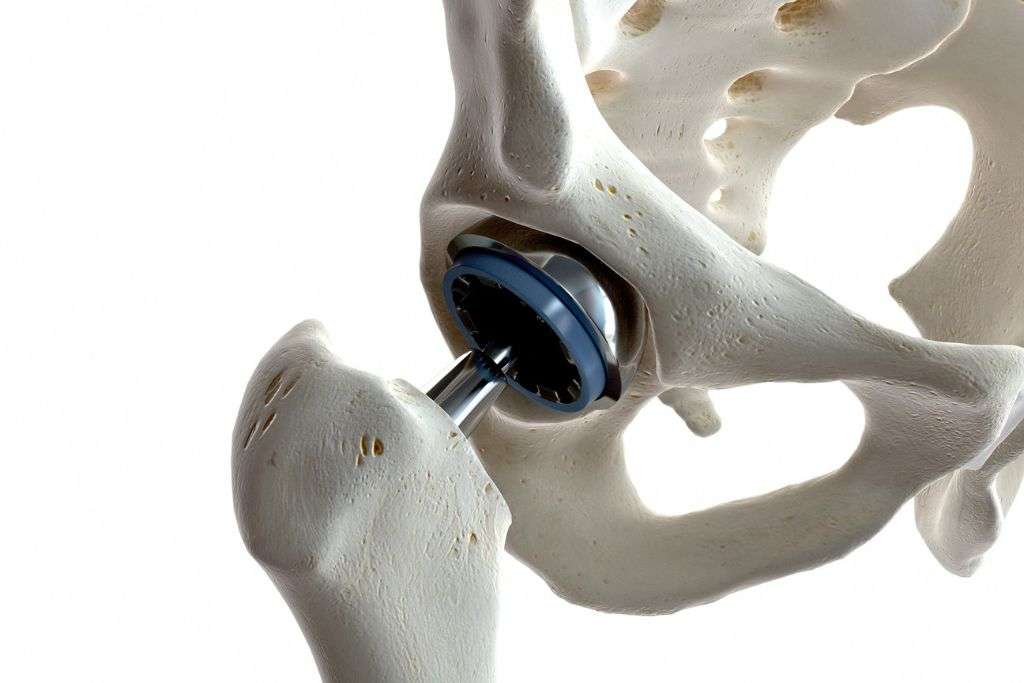
Welcome to Dr. Sayyad’s Orthopaedic Clinic – Your Trusted Destination for Orthopaedic Care
Shoulder replacement, also known as shoulder arthroplasty, is a surgical procedure designed to alleviate pain and restore function in a damaged or diseased shoulder joint. This procedure involves replacing the damaged parts of the shoulder joint with artificial components, known as prosthetics or implants.
Indications for Shoulder Replacement:
Osteoarthritis: The most common reason for shoulder replacement, osteoarthritis is a degenerative joint disease that results in the breakdown of cartilage in the shoulder joint.
Rheumatoid Arthritis: Inflammatory joint conditions like rheumatoid arthritis can lead to significant joint damage and may require shoulder replacement.
Post-Traumatic Arthritis: Individuals who have experienced a severe shoulder injury may develop arthritis over time, leading to pain and limited mobility.
Rotator Cuff Tears: Extensive or irreparable tears of the rotator cuff muscles and tendons can cause pain and functional impairment, often necessitating shoulder replacement.
Avascular Necrosis: This condition involves a loss of blood supply to the bone, leading to joint damage and potential shoulder replacement.
Types of Shoulder Replacement:
Total Shoulder Replacement: This involves replacing both the ball and socket of the shoulder joint with prosthetic components.
Partial Shoulder Replacement (Hemiarthroplasty): Only the ball (humeral head) of the shoulder joint is replaced.
Reverse Total Shoulder Replacement: This innovative procedure is often recommended for individuals with massive rotator cuff tears. It involves switching the positions of the ball and socket components, allowing alternative muscles to control arm movement.
The Shoulder Replacement Procedure:
Preoperative Evaluation: Patients undergo a comprehensive assessment to determine their overall health and suitability for surgery. X-rays, MRIs, and other imaging studies help the surgeon plan the procedure.
Anesthesia: Shoulder replacement is typically performed under general anesthesia, meaning the patient is unconscious during the surgery. However, regional anesthesia (such as a nerve block) may also be used.
Incision: The surgeon makes an incision to access the shoulder joint. The size and location of the incision depend on the specific approach chosen by the surgeon.
Bone Preparation: The damaged portions of the shoulder joint are removed, and the bone is prepared to receive the prosthetic components.
Implantation: The artificial components (prosthesis) are securely implanted into the bone. The ball and socket components may be made of metal, plastic, or ceramic materials.
Closure: Once the prosthetics are in place, the surgeon closes the incision with stitches or staples.
Recovery and Rehabilitation:
Hospital Stay: Most patients stay in the hospital for a few days after the surgery, with physical therapy beginning soon after.
Physical Therapy: Rehabilitation is a crucial aspect of the recovery process. Physical therapy helps improve range of motion, strength, and overall function of the shoulder.
Pain Management: Medications are prescribed to manage pain during the recovery period.
Activity Restrictions: Patients are advised to avoid certain activities and movements during the initial phases of recovery to prevent complications.
Risks and Complications:
While shoulder replacement is generally a safe and effective procedure, like any surgery, it carries some risks, including infection, blood clots, nerve injury, and prosthesis loosening over time.

